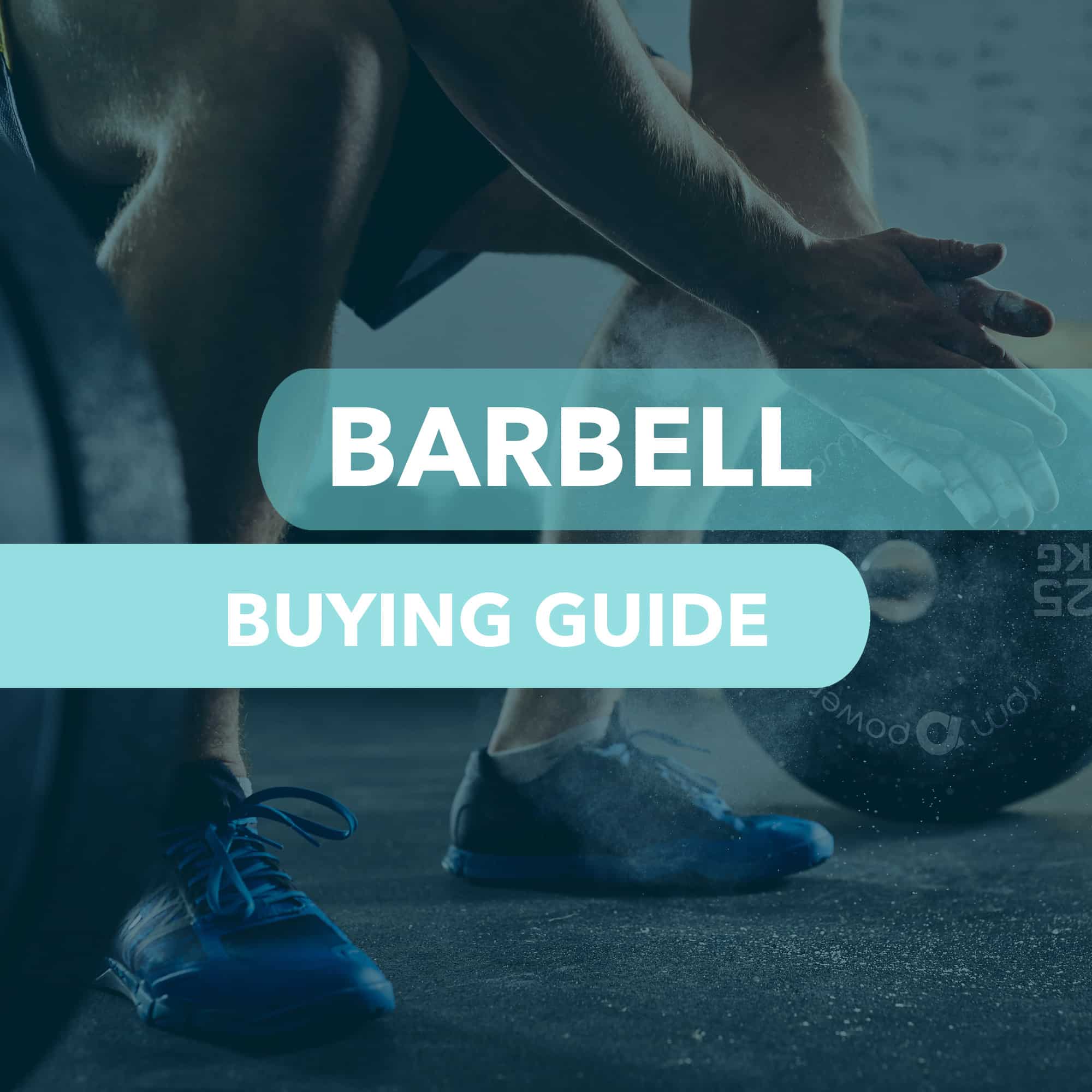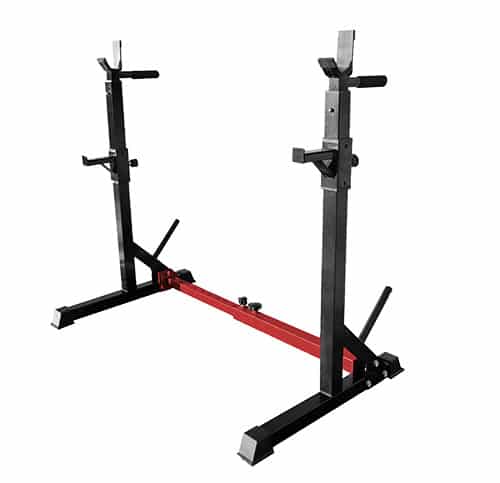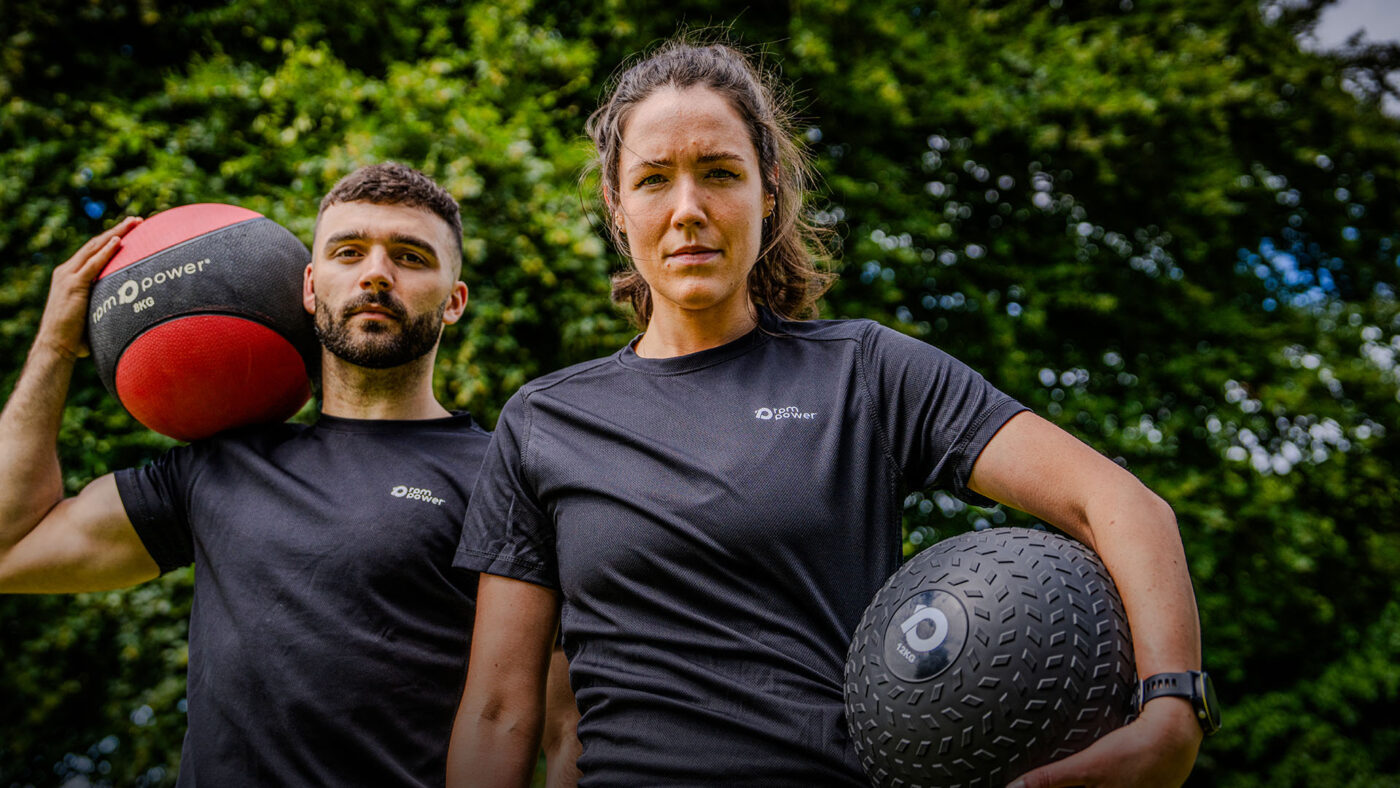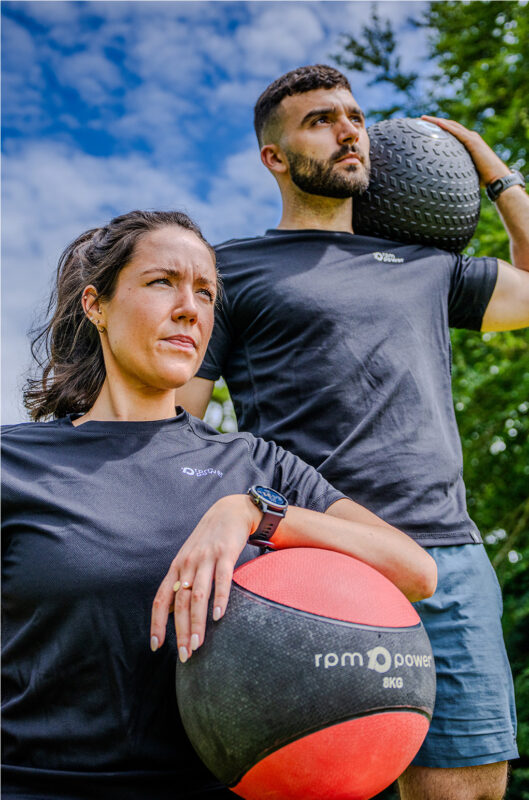Uncategorized
Barbell Buying Guide: Choosing the Right Weight Lifting Bar
Barbell Buying Guide: Choosing the Right Weight Lifting Bar
Knowing which barbell to buy can sometimes be difficult, particularly for those who may be new to weightlifting and are looking to tone up at home with their first bar. Luckily, we sell a range of barbells and plates to suit every need here at RPM Power and we can advise you what to look for when choosing a barbell.
Knurling, rotation, needle bearing and sleeves, we’ll break it all down so that you can find the correct weightlifting bar that best suits you and your training needs.

Understanding the Terminology
Knurling
Knurling is a manufacturing term for the surface finish of a barbell. This can be horizontal, vertical or crossed lines. Our RPM Power Barbells come with a diamond-shaped etching, which is precision engineered for maximum grip. This pattern creates a textured surface to indicate where your hand should be positioned on the bar and facilitates all variations on grip including; double overhand and or underhand grip, mixed grip, and hook grip.
Dual grip has marks to indicate two positions for powerlifting & weightlifting. No knurling in the centre of the bar is perfect for a comfortable lift for back and front squats and means less irritation on the neck.

Sleeve Length
When deciding which barbell to buy, it’s important to consider what barbell plates and weights you intend to use with the bar. The plates you choose must fit on the bar loading sleeve in order to be used correctly.
All of our barbell plates come with two spring collars to secure the plate in position on the bar. It’s good to know how much space the weight plate(s) will occupy on the bar prior to purchasing. Don’t forget to account for a small amount of space that’s needed for the collars on each side of the bar too.
If you have an idea of your one rep max for deadlift or squat, the heavier-type lifts will give you a good indication of the plates you need and provide scope for progression.

Bar Weight
Needle Bearing
Needle ‘roller’ bearings are special bearings which allow the plate to spin freely on the bar and will reduce the friction on the rotating surface. This is important for lifting, as a smooth plate rotation and minimal play up and down the bar is optimal for proper technique.
Complimentary Equipment
Squats, deadlift, bench press, power clean, bent over row – the list of exercises is endless for barbells. If you intend to use your bar with other equipment, such as a rack or bench, there are some considerations to take into account before you buy.
Most power racks (A.K.A squat racks) fit a minimum 7ft standard Olympic bar. We recommend the 2200 Olympic lifting bar when using a power rack as the others are too small for you to be able to load safely. For all bars, an adjustable squat rack is ideal for various bar lengths. Just be sure the maximum loading capacity of the rack will be sufficient for the combined weight of your barbell bars and plates.
Similarly for a weight bench, ensure the barbell, plates and your body weight combined do not exceed the maximum loading capacity of the bench. All of our RPM Power Benches are adjustable, meaning you can increase or decrease the difficulty of every exercise.
Sample COMbos
Equipment Recommendations
Below are some examples of possible RPM Power equipment that you can easily pair with Barbells and Plates:
Example:
Person weighing 80kg
Bench 1 Rep Max = 45kg (.56 x bodyweight)
Squat 1 Rep Max = 65kg (.81 x bodyweight)
Shoulder Press 1 Rep Max = 35kg (.44 x bodyweight)
Equipment needed:
Bench Press = P1400, Adjustable Squat Rack, 6ft bar (15kg) + 2x15kg’s
Back Squat = Adjustable Squat Rack, 6ft bar (15kg) + 2x25kg’s
Shoulder Press = 6ft bar (15kg’s) 2x10kgs
[/ux_text]









